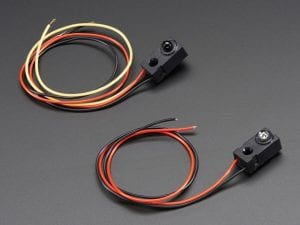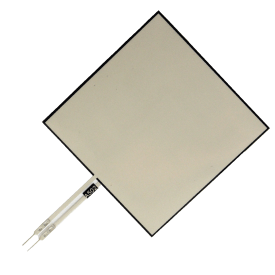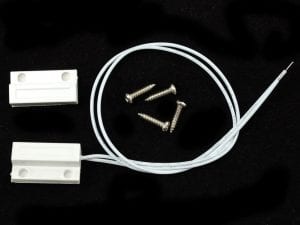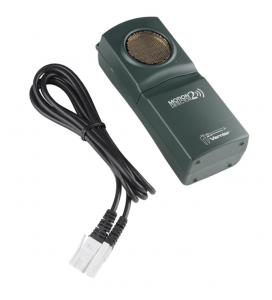Team
Shiori Osakata: so2522@columbia.edu, 646-983-4947
Shuyang Huang: sh3685@columbia.edu, 347-415-4652
“Regardless of park size, safety begins at the perimeter. An active edge, which will encourage use and create a perimeter of surveillance for the park, can also increase park accessibility to user groups who may feel more vulnerable in the park interior and who are of lower mobility, such as women, children, older adults and people with disabilities.” — Quote from Project for Public Space (https://www.pps.org/article/what-role-can-design-play-in-creating-safer-parks)
We will focus on sensing the presence of children in the park, as an indicator of safety. The main goal of our project is to understand perceived safety (reflected by children presence) and seek to enhance the experience in a park while simultaneously addressing the need for public safety and an empirical way to measure it.
We want to capture if illuminating areas in the park containing low light visibility with fun, interactive, and playful feedback loops can enhance park engagement and public safety. The audience of the project will be the NYC parks, who are in charge of the design and maintenance of the parks.
Research questions
Sensors embedded in an interactive device called Cloudy Night will be applied under the bridge in the north side of starlight park, which has potentially low visual access but an important traffic road in that area. By sensing the presence of people around the Cloudy Night, we can answer the research question that: 1) does illuminating low light visibility in park spaces with interactive devices make people feel safer? 2) will the interactive device increase public engagement in a park? 3) will more children be engaged and attracted by the interactive facility?
How it works
When people come close to the cloud, the light inside will change color, providing feedback to reflect human presence. The presence of people will be recorded by two different sensors located a different heights and stored remotely on the SD board. The two sensors will help us to identify children and adults by their height. The data will then be used to analyze park engagement relative to time and location and visualized on an interactive map in a time-series.



